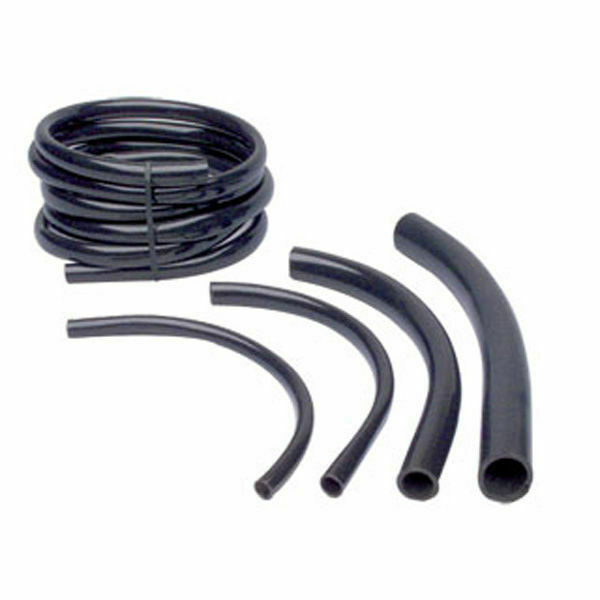-40%
Low Tech 5 Gallon Compost Tea Brewer Diffuser
$ 4.72
- Description
- Size Guide
Description
Low Tech 5 Gallon Compost Tea Brewer Diffuser(
Long Explanation of a Simple Design
)
As a former microbiologist, retired college faculty and a Master Composter I not only make compost tea I personally evaluate it. I do this with a Biodynamic technique called Pfeiffer Circular Chromatography (PCC) and microscopically.
One of the myths about compost tea is that you will see dramatic growth and improvement in your garden. One promoter claims in two applications his tomatoes grew to 7 feet tall and yielded 30 pounds of fruit per plant. I would like to know what planet he lives on. Compost teas will improve your soil over time, but not alone. Putting compost tea on poor soil with no organic matter is the same as dumping your tea down the drain. It takes a combination of good tea and good compost over time to make the difference.
I use PCC to evaluate this and using worm tea on my compost improved my compost over a season. Using my improved compost along with compost teas has improved my soil steadily over the years. So, no matter what you read from the dramatic improvement to no improvement at all it is somewhere in between the two. I am a believer, but not out of faith, rather simple common sense and basic science.
Compost tea is very difficult to evaluate directly. Even highly trained experts can’t identify a specific microbe under a typical light microscope. What they see is diversity of types and quantity. I can see microbes, fungal elements and protozoans and compare one technique to another for increases or decreases in “quality”. For example, using a heater to maintain a temperature between 75-80F dramatically increases microbial growth. One vendor I listened to suggested growing the tea at 55F, obviously he does not use a microscope.
The bottom line is I have tested many types of diffusers for brewing compost tea. Many are very fancy, expensive, and ridiculous. Another expert suggests that his diffusers are best because they produce the largest size bubbles. He needs to read the literature on nanobubble technology widely used in wastewater management. So, what we want is lots of small bubbles at the lowest cost. To get that requires a good air pump and many systems fail on this because it is the most expensive item.
In my opinion if you not not are spending at least at the minimum for an 18-20 watt electromagnetic pump it will not matter what diffuser you use. Yes, a cheap dual-port aquarium pump with a few air-stones will produce microbes, just not many of them.
I doubt that my 12 air-stone diffuser is unique. Many people have been using drip irrigation parts for years to make various types of diffusers. My goal has been to make it available for a reasonable cost.
The diffuser kit is quite simple. It consists of 7 tees, 4 crosses, 19½ inches PVC tubing, 12 air-stones and one meter of silicone aquarium line tubing.
The kit also contains 1 extra air-stone,1 extra tee, 1 extra cross, and 4½ inches extra PVC tubing and 1m of aquarium tubing.
It is recommended to soak the air-stones for a few hours in water before using them for the first time. When you try it out you find good, but not excessive agitation and lots of bubbles.
I also include my recommendations for food and tea brewing tips with the kit.









